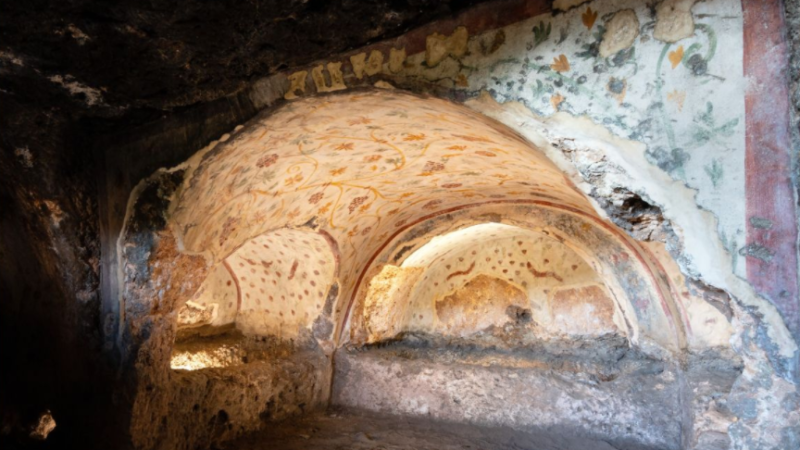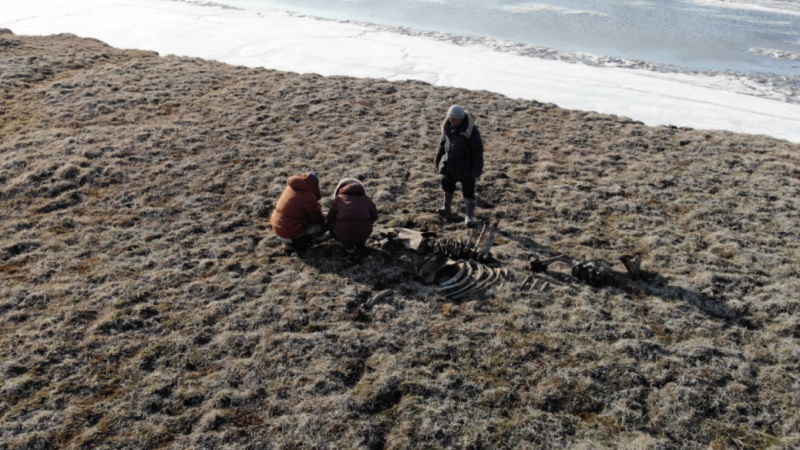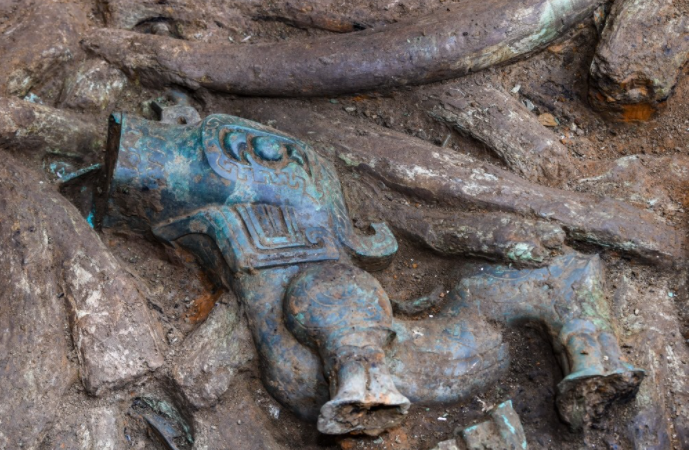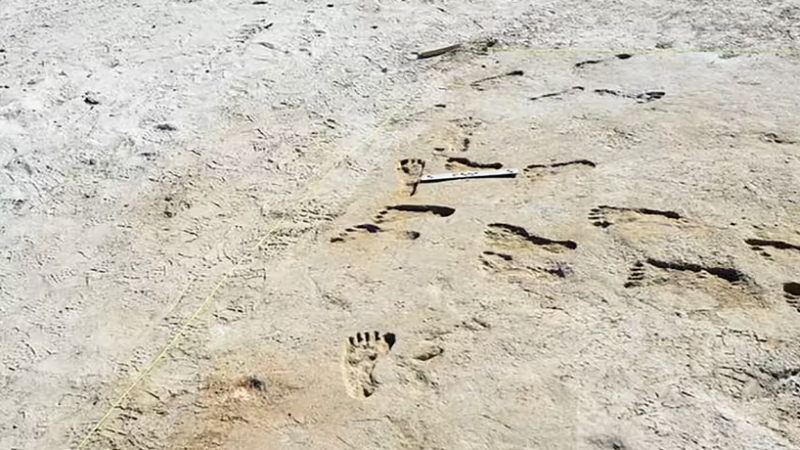Real-life ‘Atlantis’ Sunken settlement discovered – Venezia lagoon

Real-life ‘Atlantis’
Real-life ‘Atlantis’ Sunken settlement discovered in Venezia lagoon. The invention is proof that abundant of the Venetian lagoon was once dry land. Here, a reconstruction of the Treporti channel road in Roman times. The Venice lagoon would are to the left of the road and to the Adriatic Sea to the right.

The submerged remains of a Roman road have been found on the seafloor of the Venice lagoon, beside archeological structures that are thought to be what’ left of a dock and settlements.
The remains are thought to this point to centuries before Venezia was supported in early medieval times, once abundant of what’s currently the lagoon was accessible by land.
The new discoveries within the Treporti channel, in the northern a part of Venice’ outer lagoon, make sure the findings of AN archeological investigation of the world in the 1980s, and recommend that the now-submerged area was largely dry land, same Fantina Madricardo, a geologist with the Institute of Marine Science (ISMAR) in Venice, and lead author of a replacement study revealed Th (July 22) in the journal Scientific Reports. the world probably had many tiny permanent settlements and roads that coupled them to close commerce centers, she said.

“The Venezia lagoon fashioned from the most lowland rise once the last glaciation, thus it’ a long process,” Madricardo told Live Science. “We understand that since Roman times — concerning 2,000 years — that the ocean level there rose [up to] 2 and a [*fr1] meters [8 feet].”
The modification in water level means massive areas of the lagoon that are now underwater were once dry land, and archeological proof now indicates that the land was crossed by a minimum of one well-built road, she said.
New lagoon
the town of Venezia is several centuries old, however there are not any records of it in Roman-age writings. Archaeologists believe it began as a set of villages on islands within the area once the Western Roman Empire folded at the tip of the fourth century.
Roman artifacts had antecedently been found in the waterways and on islands in the lagoon, but the extent of human occupation there in Roman times has been unclear; some scientists have urged the world was well populated, but others have maintained it was largely void of settlements at that time.
within the latest study, Madricardo and her team used echo sounder scans and conducted archeological dives in the Treporti channel in 2020, wherever they found twelve archaeological structures aligned in an exceedingly north-easterly direction for a distance of 3,740 feet (1,140 m), Madricardo said.
Article You Might Like:







